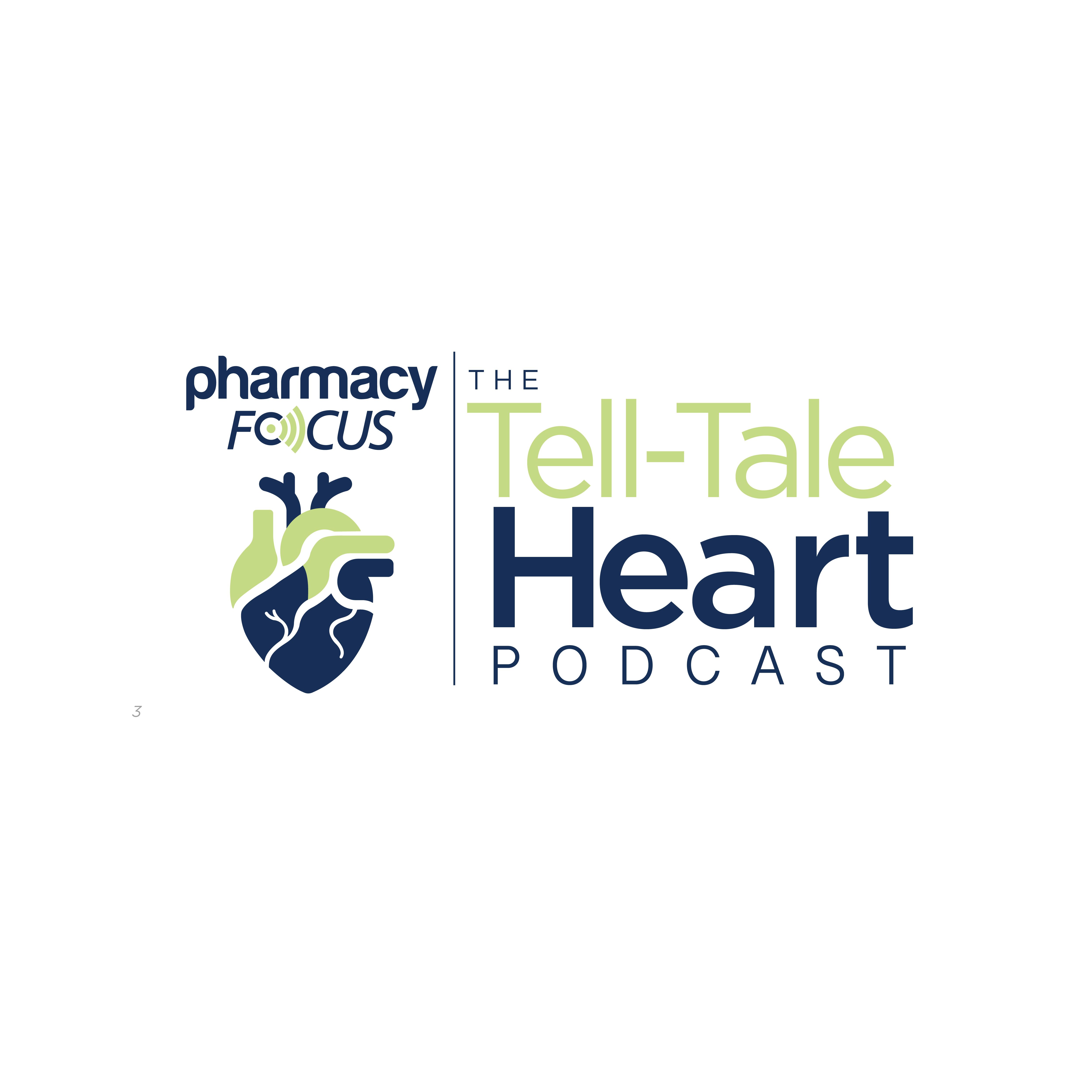News
Article
Luspatercept-aamt Shows Clinically Meaningful Benefits in Reducing Transfusion Burden and Increasing Hemoglobin
Author(s):
Key Takeaways
- Luspatercept-aamt did not meet the primary end point of RBC transfusion independence in the INDEPENDENCE trial but showed clinically meaningful improvements in secondary end points.
- Myelofibrosis-associated anemia significantly impacts patient survival and quality of life, with many patients requiring RBC transfusions.
Luspatercept shows promise in reducing transfusion dependence for myelofibrosis-associated anemia, despite not meeting primary trial end points.
In the double-blind, randomized phase 3 INDEPENDENCE (NCT04717414) trial, luspatercept-aamt (Reblozyl; Bristol Myers Squibb) with concomitant Janus kinase inhibitor (JAKi) therapy did not meet its primary end point of red blood cell (RBC) transfusion independence for the treatment of myelofibrosis-associated anemia in adults receiving RBC transfusions. However, the study authors noted that individuals demonstrated a numerical and clinically meaningful improvement in RBC transfusion independence favoring luspatercept.1
Image credit: LASZLO | stock.adobe.com

Myelofibrosis-Associated Anemia
Myelofibrosis is a rare blood cancer, affecting approximately 0.3 out of every 100,000 individuals who reside in the United States annually. It belongs to a category of blood cancers known as chronic myeloproliferative neoplasms, in which bone marrow stem cells responsible for producing blood cells develop and function abnormally. Commonly, myelofibrosis accumulates scar tissue, or fibrosis, within the bone marrow, which impacts the bone marrow's ability to produce sufficient healthy blood cells, often resulting in anemia, a condition where the body lacks enough healthy red blood cells to effectively transport oxygen to its tissues.1,2
Anemia is linked to lower survival rates in individuals with myelofibrosis, as the exhaustion connected with anemia contributes to a reduced quality of life. Nearly 35% to 54% of individuals newly diagnosed with myelofibrosis present with anemia, which often requires transfusions.2
“Anemia remains a significant challenge in the treatment of myelofibrosis, with many patients still dependent on red blood cell transfusions or suboptimal treatment approaches that can sometimes worsen anemia associated with the disease,” John Mascarenhas, MD, professor of medicine at the Icahn School of Medicine at Mount Sinai and director of the center of excellence for blood cancers and myeloid disorders at The Tisch Cancer Institute, said in a news release. “Patients with myelofibrosis and anemia are difficult to treat, and these results show that [luspatercept] can have an important impact on anemia associated with the disease.”1
INDEPENDENCE Trial
As a first-in-class therapeutic option, luspatercept promotes late-stage RBC maturation in animal models. To further assess its use, researchers conducted a phase 3 clinical trial to compare the safety and efficacy of luspatercept compared with a placebo in individuals with myeloproliferative neoplasms (MPN)-associated myelofibrosis on associated JAK2 inhibitor therapy and who require RBC transfusions.1
The study's primary end point was to determine the percentage of patients who no longer needed RBC transfusions for any continuous 12-week period within the initial 24 weeks. A key secondary end point was identifying the proportion of patients who achieved RBC transfusion independence for any continuous 16-week period, also within the first 24 weeks. Other secondary objectives included measuring increases in hemoglobin (Hb) levels and at least a 50% decrease in the need for RBC transfusions.1
Although the primary end point was not met, luspatercept demonstrated significant clinical benefits in secondary end points. A higher proportion of patients treated with luspatercept achieved at least a 50% reduction in RBC transfusion burden, specifically by at least 4 RBC units. Additionally, more patients experienced an increase in Hb levels of at least 1 g/dL while remaining independent of transfusions for a continuous period of at least 12 weeks.1
“It is promising to see that [luspatercept] led to clinically relevant improvement of anemia for patients with myelofibrosis, where patients often become increasingly transfusion dependent over time,” Anne Kerber, senior vice president and head of development for hematology, oncology, and cell therapy for Bristol Myers Squibb, said in the news release. “We remain confident in the ability of [luspatercept] to improve outcomes for patients with myelofibrosis-associated anemia and believe the totality of these results, including meaningful improvements in transfusion burden and Hb levels, support the potential to address an unmet need in patients who have few treatment options.”1
REFERENCES
1. Bristol Myers Squibb Announces Topline Results from Phase 3 INDEPENDENCE Trial for Reblozyl® (luspatercept-aamt) in Adult Patients with Myelofibrosis-Associated Anemia. Bristol Myers Squibb. News release. July 18, 2025. Accessed July 30, 2025. https://news.bms.com/news/corporate-financial/2025/Bristol-Myers-Squibb-Announces-Topline-Results-from-Phase-3-INDEPENDENCE-Trial-for-Reblozyl-luspatercept-aamt-in-Adult-Patients-with-Myelofibrosis-Associated-Anemia/default.aspx
2. Personalizing Treatment of Myelofibrosis-Associated Anemia. Cleveland Clinic. News release. March 18, 2025. Accessed July 30, 2025. https://consultqd.clevelandclinic.org/personalizing-treatment-of-myelofibrosis-associated-anemia
Newsletter
Stay informed on drug updates, treatment guidelines, and pharmacy practice trends—subscribe to Pharmacy Times for weekly clinical insights.






